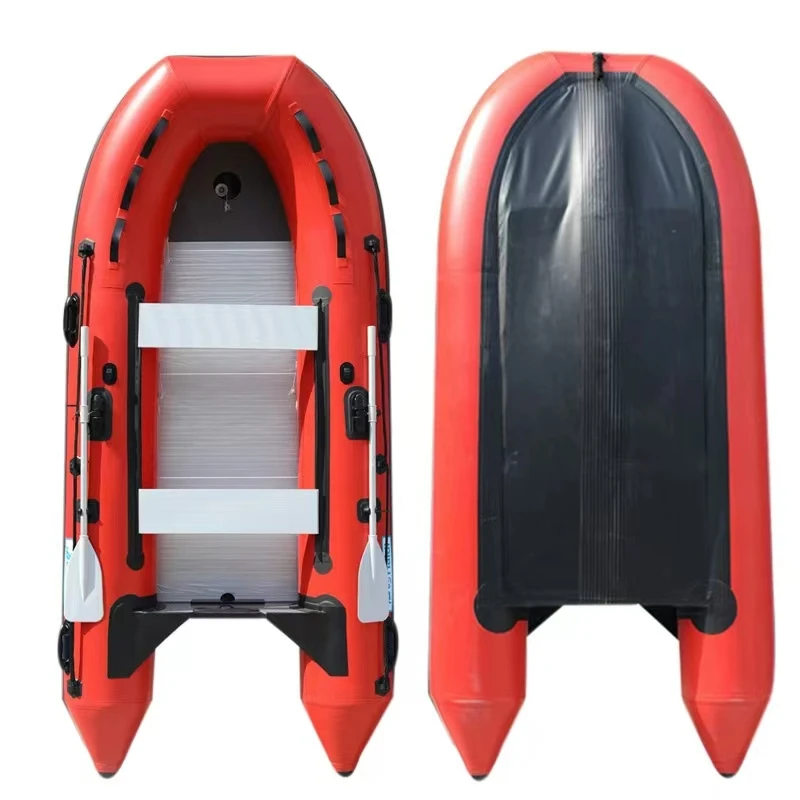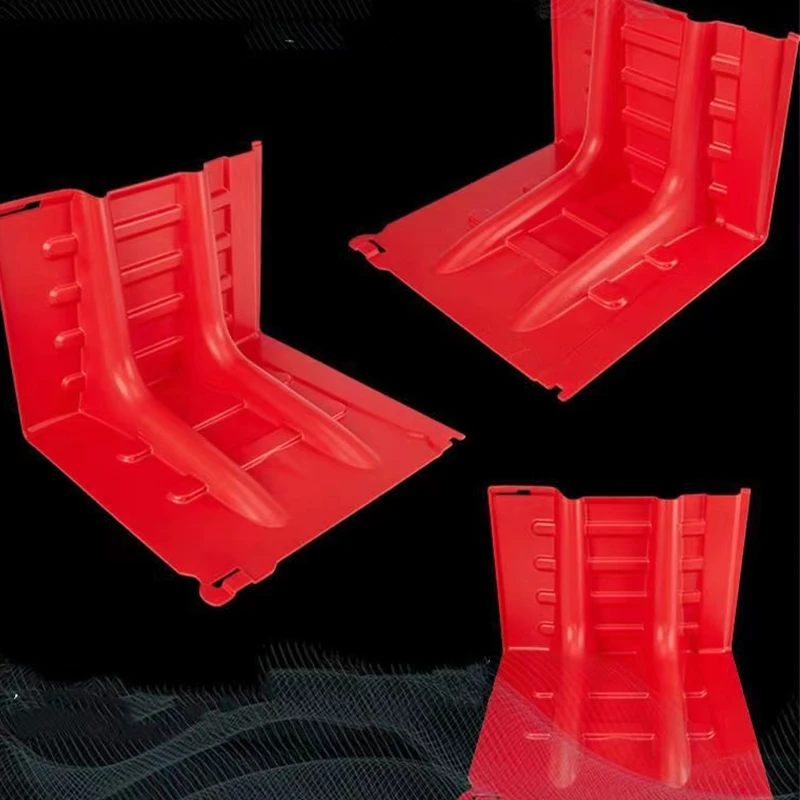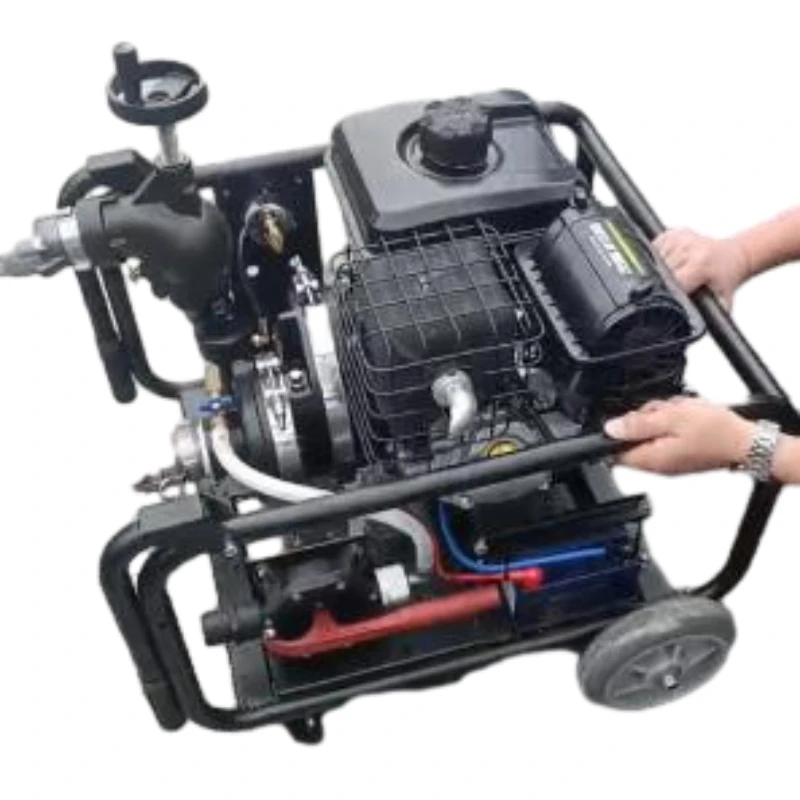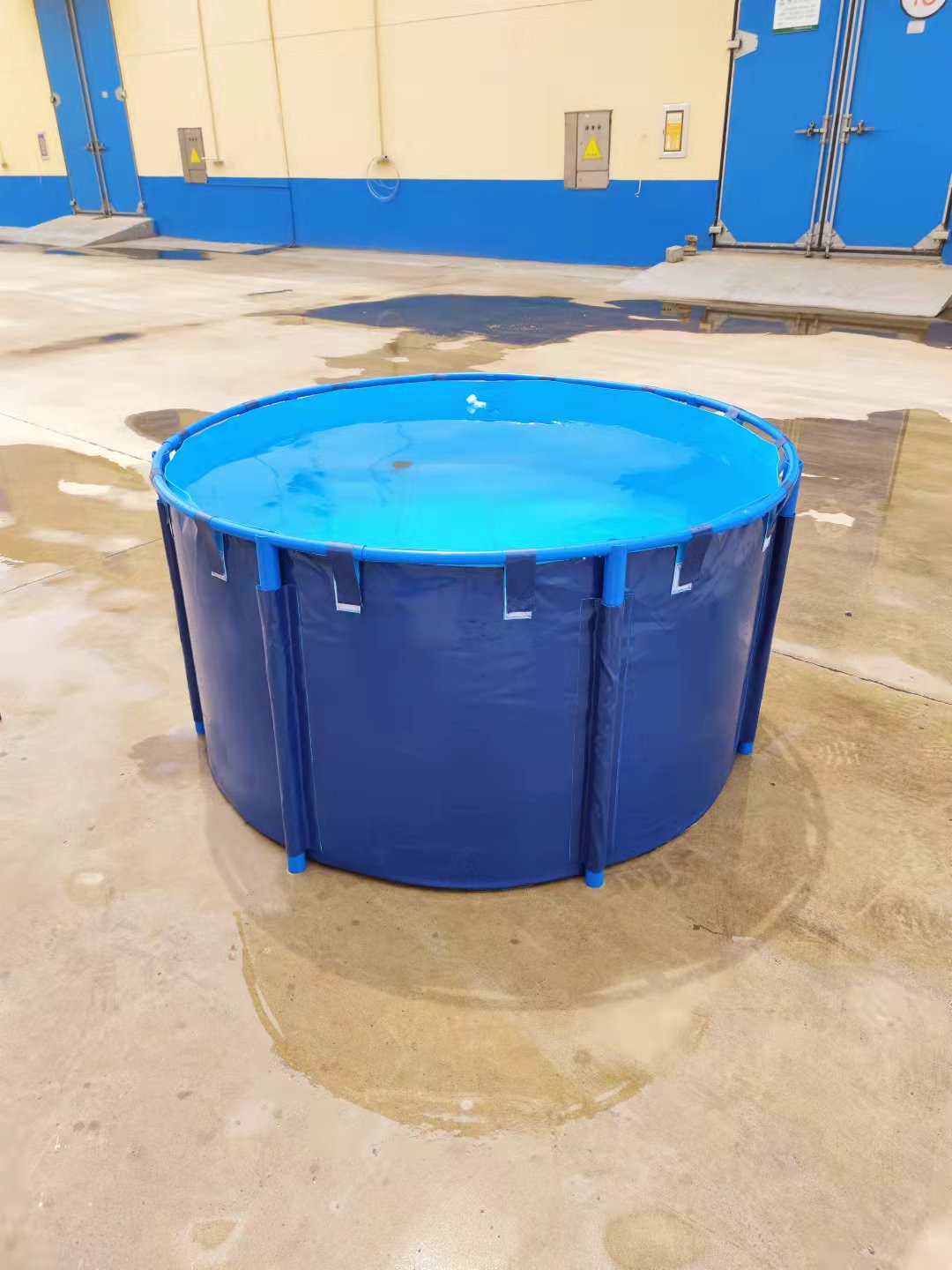Understanding the Submersible Jockey Pump: A Small Device with Big Impact
At first glance, a submersible jockey pump might not jump out as a headline-grabbing hero. But in fire safety systems and industrial water management, it quietly plays an indispensable role. Globally, these pumps help maintain consistent pressure in fire sprinkler networks, preventing potentially disastrous delays when an emergency occurs. Knowledge about submersible jockey pumps carries significance beyond engineering circles—it affects safety, sustainability, and operational reliability worldwide.
Fire incidents reportedly cause over 340,000 deaths globally every year 1. Keeping firefighting equipment on constant alert matters enormously.
Why Submersible Jockey Pumps Matter on the Global Stage
Globally, fire safety infrastructure is a core component in urban development, industrial complexes, and humanitarian projects. The submersible jockey pump fits uniquely into this ecosystem. According to the International Organization for Standardization (ISO), maintaining water system pressure levels reduces false alarms and equipment wear, improving system longevity 2. In developing nations, particularly those confronting extreme weather or congested cities, robust firefighting networks featuring jockey pumps prevent catastrophic failures.
Still, many firefighting and water management setups struggle because pressure loss goes unnoticed until a crisis hits. Without a jockey pump, systems rely on less precise manual monitoring. Submersible jockey pumps plug this gap by automatically stabilizing pressure, which makes a genuine difference in response times.
What is a Submersible Jockey Pump and Why It’s Essential
Simply put, a submersible jockey pump is a small-capacity pump installed inside a water reservoir or tank, designed to maintain consistent pressure in a fire sprinkler or water supply system. Unlike main fire pumps that provide massive flow during emergencies, jockey pumps keep the pipeline pressure steady under normal conditions.
Think of it as the ever-vigilant guardian preventing pressure dips that might otherwise trigger main pumps unnecessarily or delay firefighting efforts. In humanitarian settings—like refugee camps or post-natural disaster shelters—these pumps ensure water delivery remains reliable, supporting safety and dignity.
Key Features That Make Submersible Jockey Pumps Valuable
1. Durability – Built to Last
Most jockey pumps, especially submersible types, are crafted with corrosion-resistant materials like stainless steel or thermoplastics. This durability is critical since they operate submerged for years, often unattended. I’ve noticed many engineers praise these materials for their ability to withstand harsh environments without frequent maintenance.
2. Compact Design – Space-Saving Efficiency
The submersible jockey pump’s compact form factor allows it to fit inside tanks or wells where space is limited. This is advantageous in urban settings or mobile firefighting units where installation flexibility is paramount.
3. Energy Efficiency – Saving Power, Saving Costs
These pumps use motors optimized for continuous, low-level operation. This means less power consumption compared to using a large fire pump to chase minor pressure changes—helping reduce operational expenses and environmental footprint.
4. Automation and Controls – Hands-Off Pressure Management
Modern jockey pumps integrate with sensors and control systems to operate automatically. This hands-off functionality reduces human error and ensures rapid pressure adjustments, even in remote or difficult-to-monitor sites.
5. Scalability – Adapting to Various Systems
Manufacturers design jockey pumps in models that suit small office buildings to sprawling industrial warehouses. You can find outputs ranging from fractions of a horsepower to several horsepower, depending on system size.
Typical Specifications of a Submersible Jockey Pump
| Specification | Typical Value / Range |
|---|---|
| Motor Power | 0.5 to 3 HP (horsepower) |
| Flow Rate | 10–60 liters per minute |
| Voltage | 220V / 380V / 440V (depending on region) |
| Material | Stainless steel body, corrosion-resistant plastics |
| Protection Rating | IP68 (submersible grade) |
| Noise Level | Approx. 55 dB at 1 meter |
Submersible Jockey Pumps Around the World: Applications and Examples
In developed nations like Germany and Japan, these pumps are standard in commercial fire sprinkler systems. Yet, they also have a unique role in places where firefighting infrastructure is being established or rebuilt. For instance, post-hurricane recovery efforts in the Caribbean involve installing jockey pumps to stabilize pressurized water systems once debris clears.
Further, in remote mining camps in Africa, submersible jockey pumps support water transfer in challenging terrain where human monitoring is sparse. The automation these pumps offer dramatically reduces system downtime.
Oddly enough, it’s not only about firefighting. Some urban water utilities use them to maintain pressure in high-rise buildings, ensuring equitable water distribution without wasting energy.
Comparing Leading Submersible Jockey Pump Vendors
| Vendor | Key Strength | Typical Cost | Warranty |
|---|---|---|---|
| PumpPro Systems | Cutting-edge corrosion resistance | $850–$1200 | 2 years |
| FlowRight Technologies | Energy-efficient motors | $900–$1300 | 3 years |
| SafeFire Equip | Integrated smart controls | $1100–$1500 | 2.5 years |
Why Invest in a Submersible Jockey Pump? The Advantages
- Consistent System Pressure: Prevents false alarms and reduces wear on main fire pumps.
- Energy Savings: Smaller motors consume less power during regular operation.
- Reliability: Robust materials and automatic controls reduce downtime.
- Safety Enhancement: Immediate availability of water pressure improves response time.
- Low Maintenance: Submersible design protects components from external damage.
To be honest, the peace of mind that these pumps offer to facility managers and safety officers is priceless. Plus, they support sustainability goals by optimizing energy and water usage.
Emerging Trends Shaping the Future of Submersible Jockey Pumps
Technology moves on, fast. In this field, we’re seeing increased integration of IoT sensors that allow continuous remote monitoring of pump performance and water pressure. This means proactive maintenance before failures occur.
Also, manufacturers are experimenting with new composite materials to further extend lifespan while reducing weight. Solar-powered jockey pumps for off-grid locations are another promising innovation.
Policy-wise, tighter fire safety regulations worldwide push for smarter, more reliable pumping solutions—driving vendors to evolve.
Challenges and How the Industry is Responding
Submersible jockey pumps aren’t without quirks. For instance, sediment buildup in tanks can clog pumps, especially in less maintained systems. Also, electrical failures underwater pose risks that must be mitigated with smart sensors and regular checks.
Industry veterans recommend combining routine physical inspections with digital diagnostics tools. Modular components are becoming standard, so faulty parts can be swapped quickly—minimizing downtime and cost.
FAQ: Your Questions About Submersible Jockey Pumps Answered
Q1: How does a submersible jockey pump differ from a main fire pump?
A1: Submersible jockey pumps handle small pressure losses continually to keep the system ready, while main fire pumps activate during emergencies to supply high volumes of water. Jockey pumps prevent the main pumps from cycling unnecessarily, extending their life.
Q2: Can submersible jockey pumps work in saltwater environments?
A2: Yes, if constructed from materials resistant to corrosion, such as stainless steel and specialized plastics. However, regular maintenance is crucial as saltwater environments remain aggressive.
Q3: What is the typical lifespan of a submersible jockey pump?
A3: With proper maintenance, these pumps can last 8 to 15 years. Lifespan varies by usage, water quality, and environmental factors.
Q4: Are submersible jockey pumps compatible with solar power?
A4: Many modern designs support low-voltage DC motors and are compatible with solar panels, which is advantageous for remote installations.
Q5: How often should these pumps be serviced?
A5: Industry best practice suggests quarterly visual inspections and annual comprehensive servicing to ensure optimal operation.
Conclusion: Long-Term Gains of Submersible Jockey Pumps
Over the years, submersible jockey pumps have proven themselves as silent stalwarts in fire safety and water management worldwide. Their consistent performance, efficiency, and adaptability make them an excellent investment for facilities aiming to boost safety, lower operational costs, and embrace smarter technology.
If you’re responsible for building safety systems or water pressure management, considering a reliable submersible jockey pump is more than just an option—it’s a step toward long-term resilience and peace of mind. Interested in exploring top models and expert advice? Visit our website: https://www.ffwfiresafety.com
Mini takeaway: The subtle art of pressure management in water and fire systems hinges on reliable, efficient submersible jockey pumps—a small device with outsized impact.





















